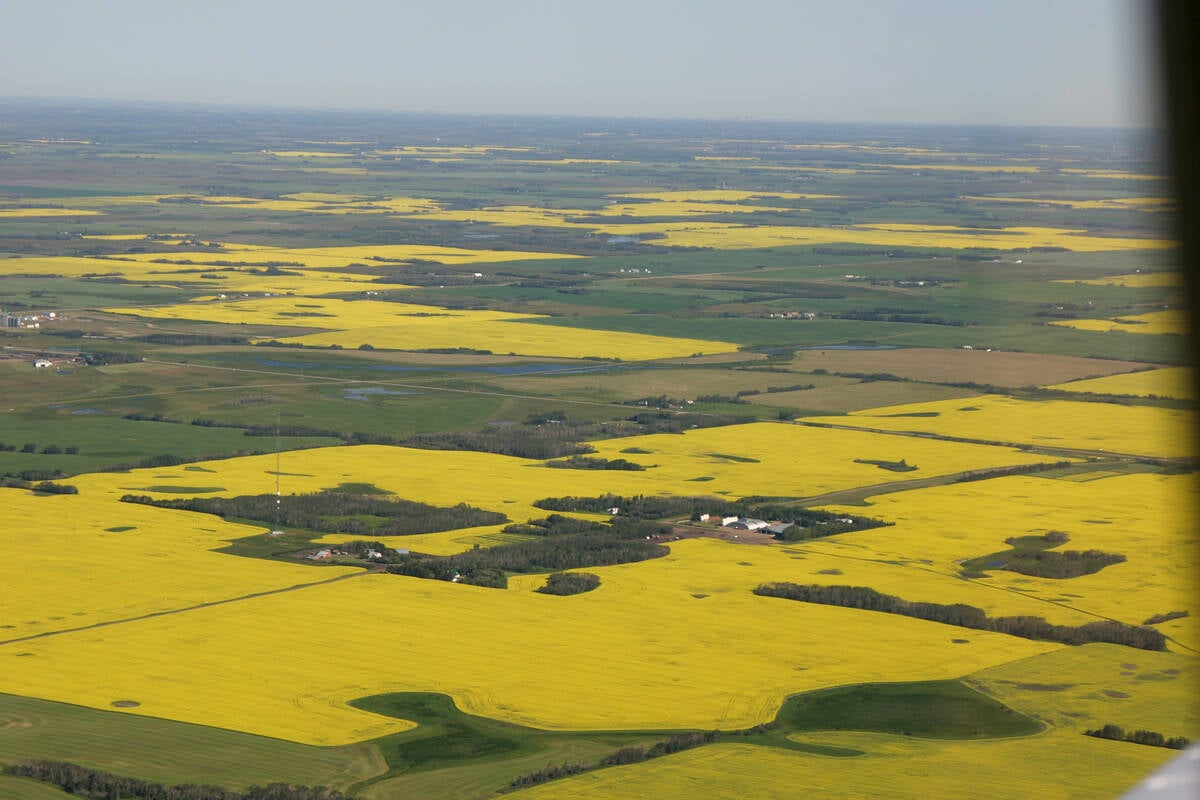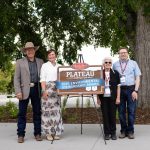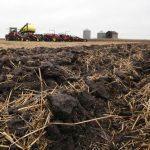Rebuilding communities | Strategy includes developing industry and addressing labour issues
Alberta feeder associations can expect more access to financing as part of a larger rural economic development plan announced Oct. 28 by premier Jim Prentice.
“This will allow them to take advantage of the strong prices we have in the feeder cattle markets,” he said.
The feeder association loan guarantee program doubles the maximum individual loan limit to $1 million.
More money is also being released for applied research on agricultural sustainability. The Agriculture Opportunity Fund has been doubled to $3.5 million.
Those announcements are the beginning of the government’s plan that it said will help rebuild rural communities.
Read Also

Increasing farmland prices blamed on investors
a major tax and financial services firm says investors are driving up the value of farmland, preventing young farmers from entering the business. Robert Andjelic said that is bullshit.
“Alberta is a great place to do business, but we need to make sure we are always carrying forward to make it even better so we have the best climate in North America for small business. That applies to the businesses that are ground in rural Alberta economy,” said Prentice.
The rural revitalization plan addresses five areas:
- industry and business development
- improved access to capital for rural entrepreneurs and businesses
- labour shortages
- infrastructure improvements
- collaboration between government departments and stakeholders
Meetings earlier this year with more than 230 people in eight communities included a discussion of common themes and barriers to building more business in rural areas.
“This is not a cookie cutter approach with an exact formula that fits every community,” said agriculture minister Verlyn Olson.
“We see government’s role as being a facilitator and trying to provide infrastructure that is necessary for people with good ideas and the entrepreneurial spirit.”
Common themes emerged.
Communities want high speed internet access improved.
“If we want young people to stay in rural Alberta or locate in rural Alberta, the next generation is going to demand that kind of connectivity,” he said.
Finding employees is a constant challenge, and the province wants the federal government to be more flexible when it comes to bringing in foreign workers.
“Seventy-five percent of the new jobs created in Canada last year were in Alberta, yet we don’t feel as though we have the tools we need to be able meet the demand for labour,” Olson said.
“That is a limiting factor when it comes to expansion or creation of a business.”
Rural revitalization does not necessarily mean a community will get a new factory or food processing plant. Agriculture, oil and gas and forestry are all under consideration, but there must be good reasons for businesses to locate to rural communities.
“This is a world wide phenomenon of urbanization and it is important for us to make sure living in rural Alberta does not put at you at a disadvantage,” Olson said.
















